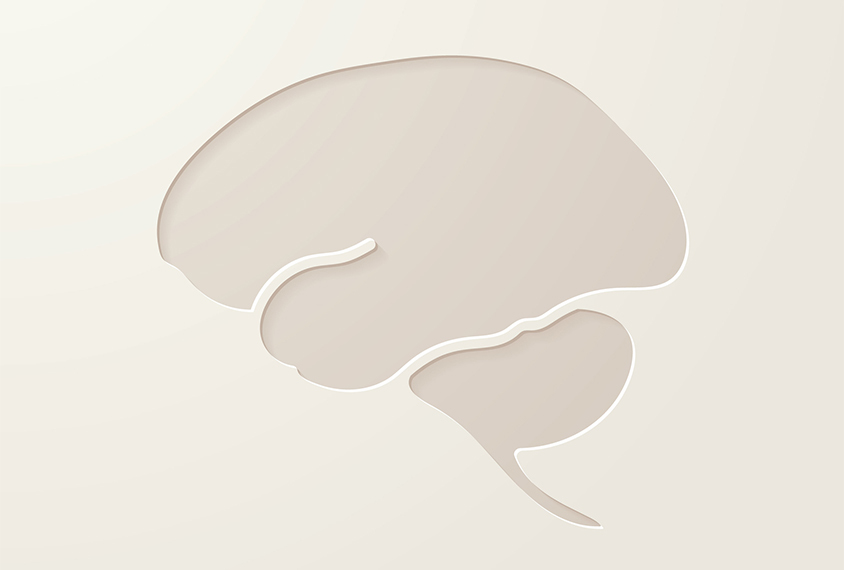The brain’s outer layer develops differently in autistic girls than in their non-autistic counterparts, according to unpublished results presented today at the 2023 International Society for Autism Research annual meeting in Stockholm, Sweden.
The findings, which come from the largest-yet single-site study to collect MRI data from autistic girls, suggest that sex modulates how cortical development is altered in autistic children.
Previous research has found that the cortex grows rapidly in young autistic children and then thins differently than it does in non-autistic children. This growth pattern appears to vary with factors such as gender and age, but how sex differences influence it remains poorly understood, says Derek Andrews, a postdoctoral fellow in Christine Wu Nordahl‘s lab at the University of California, Davis MIND Institute, who presented the work.
To find out, Andrews and his colleagues analyzed brain scans from 228 children with autism (70 of them girls) and 118 non-autistic children (54 of them girls) taken over a decade. The children underwent MRI scans up to four times between ages 2 and 12 years.
Overall, the cortex is thicker in autistic 3-year-old girls than in non-autistic girls of the same age, the researchers found. And as the children grew, the cortex thinned more quickly in autistic girls than in non-autistic girls. The same differences did not appear when the team compared autistic and non-autistic boys, however.
The reason behind the sex differences in cortical development is unclear. Previous studies have shown that autistic girls carry more rare, non-inherited autism-linked mutations than autistic boys do. One possibility is that among the children analyzed, a high proportion of girls had those types of mutations, Andrews says. But, he adds, “we can’t confirm that without doing genetic testing.”
Next, the team plans to investigate whether, and how, individual variability in cortical development is associated with specific autism traits. “I’m excited about [studying] different trajectories and how they relate to changes in behavior,” Andrews says.






